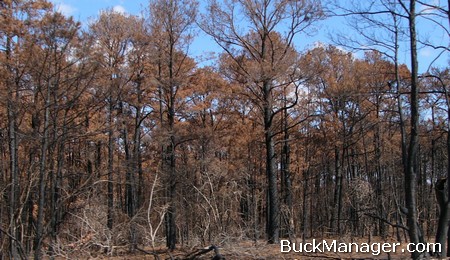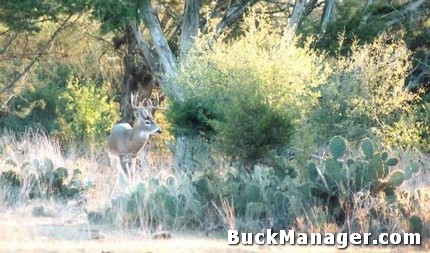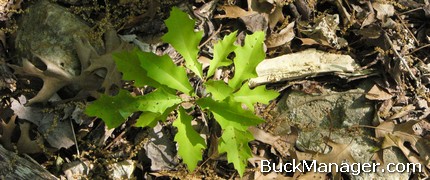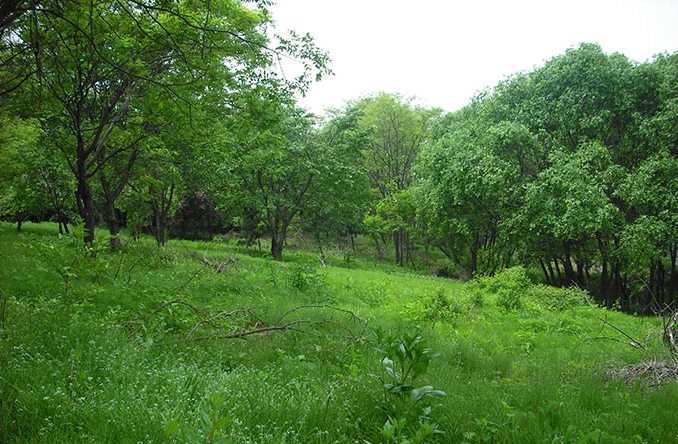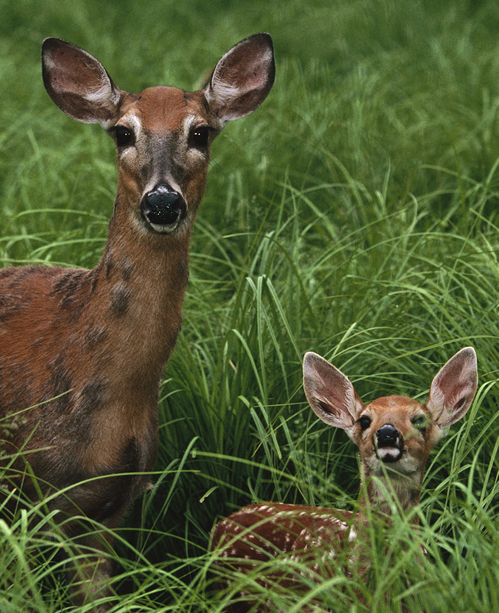The wildfires plaguing various parts of Texas have got me thinking a lot about prescribed burning over the past few days. Prescribed burning, prescribed fire, controlled burning, or however one refers to it, is a tool used for many purposes. It is commonly used for white-tailed deer habitat improvement, but it can also be used to prevent, contain and extinguish wildfires.
In recent years, prescribed fire for range and wildlife habitat improvement has increased substantially. Granted it’s not for everyone, but many land managers understand the utility of this management cost efficient management practice (which is also a naturally occurring process).
Prescribed burning is a tool used by land managers for increasing forage quality for livestock, reducing and controlling invasive brush species and for actively managing wildlife habitat. In fact, prescribed fire can accomplish many objectives simultaneously. For example, one fire be used to reduce brush cover, eliminate fine fuel loads, increase forage quality for wild and domestic animals, and improve wildlife habitat for deer, turkey and quail. Fire sets back many woody species and eliminates fire intolerant ones such as ashe juniper (cedar).
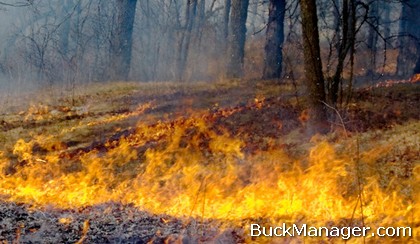
Why Use Prescribed Fire?
Prescribed fire is used to reduce fuel loads (existing dead and dormant vegetation) and reduce the threat and severity from wildfires should one occur. Prescribed fires also reduces woody plant encroachment and are beneficial for many native plant species in a way mechanical and chemical management treatments cannot duplicate.
Wildlife, both game and nongame species, also benefit from prescribed fires which results in new plant growth and restoration of habitats which they use both for both food and cover. Benefits from prescribed fire include:
- Reduce hazardous fuels, protect communities from wildfires
- Reduce the spread of pests and disease
- Provide habitat and forage for game and nongame species
- Recycle nutrients back into the soil
- Promote native species
- Promote a diverse natural landscape
Prescribed Burns Often Misunderstood
Most landowners realize that not all fire is bad. Wildfires are bad when the loss of life and property are involved, but prescribed, controlled fires are not. Often times, the vegetation found on a particular property requires a managed fire, not a wildfire, to come along at the right time and under the right conditions in a controlled manner. This is prescribed burning.
Once the objectives of the fire are determined and the conditions under which the fire should be used are established, it is only then than a prescription for carrying out the fire have been developed.
The prescription should include landowner objectives, personnel requirements, firebreaks and environmental factors such as air temperature, relative humidity and wind direction and speed. The bulk of the work takes place long before the first flame hits the ground. However, proper land management after the burn is essential for both wildlife and livestock. Cattle frequently concentrate on a burn because forage is more palatable and nutritious. However, this does not mean these grass-eating machines should be released onto burn sites immediately. As with any major event, some rest is warranted afterword.
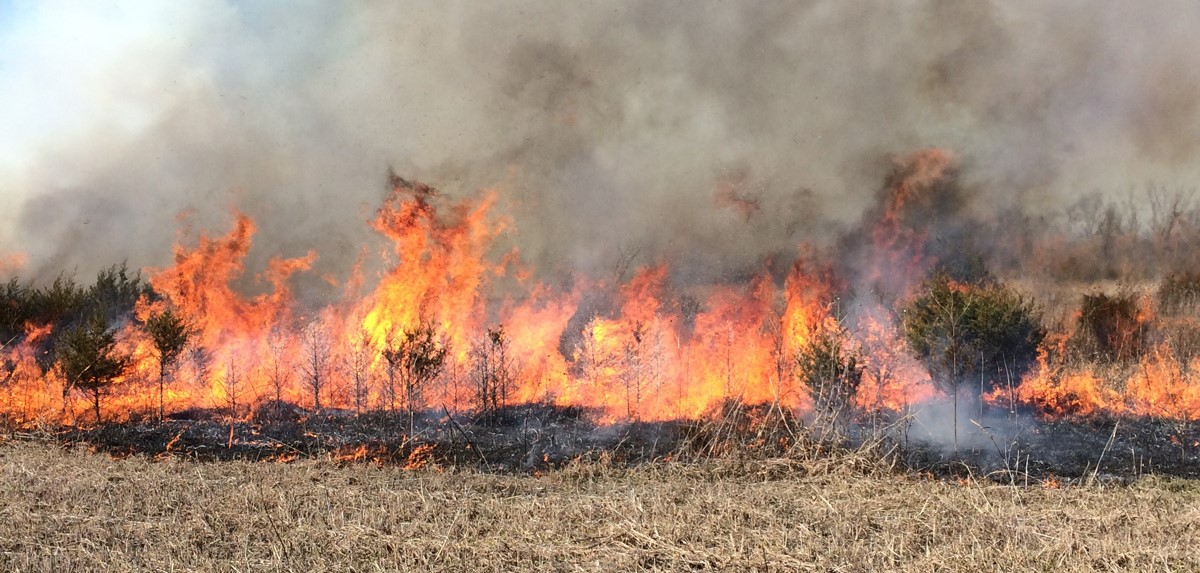
Fire is a Tool for Active Managers
As with many tools, the quality of the work depends on how good you are with the tool. Prescribed fire for brush management/control and deer habitat improvement is no different. Without a doubt, experience is the best teacher of fire behavior. Inexperienced managers can learn a lot by observing prescribed fires lit by other folks. Considerable knowledge can be learned about fire behavior relatively quickly, but it takes years of experience to get good, but even then you will not (should not) feel totally confident. Even trained professionals do not lose their fear of what fire can do.
The benefits of controlled burning for wildlife are well documented. Burning is good for deer because of the nutrient-rich browse and forbs that respond post-fire. Fire also knocks back many of the root-sprouting browse species that have outgrown the reach of deer. Fire promotes native grasses, which in turn creates better quail nesting habitat, improved water infiltration, and drought-tolerant forage. Additionally, fire is a relatively inexpensive management tool, especially for landowners interested in controlling cedar. Costs can range from $2 to $8 per acre depending on the size of the burn, prep work, and personnel needs.
To wrap up, prescribed fires have different uses depending on the objectives. The most common use of controlled burns is to reduce fuels such as pine needles, leaves and dead herbaceous vegetation such as grass and weeds. Controlled burning can also be used for brush control and quail, turkey and white-tailed deer habitat improvement. Although prescribed burning is a very effective tool, it can be incorrectly applied. Prescribed fire, just like any habitat management practice, should only be implemented once the need has been completely evaluated and deemed effective for achieving the desired objectives.
